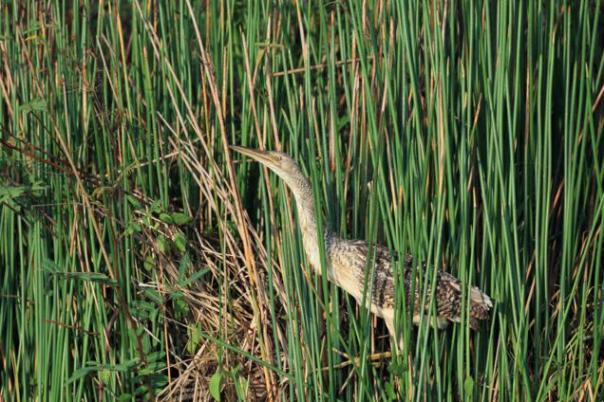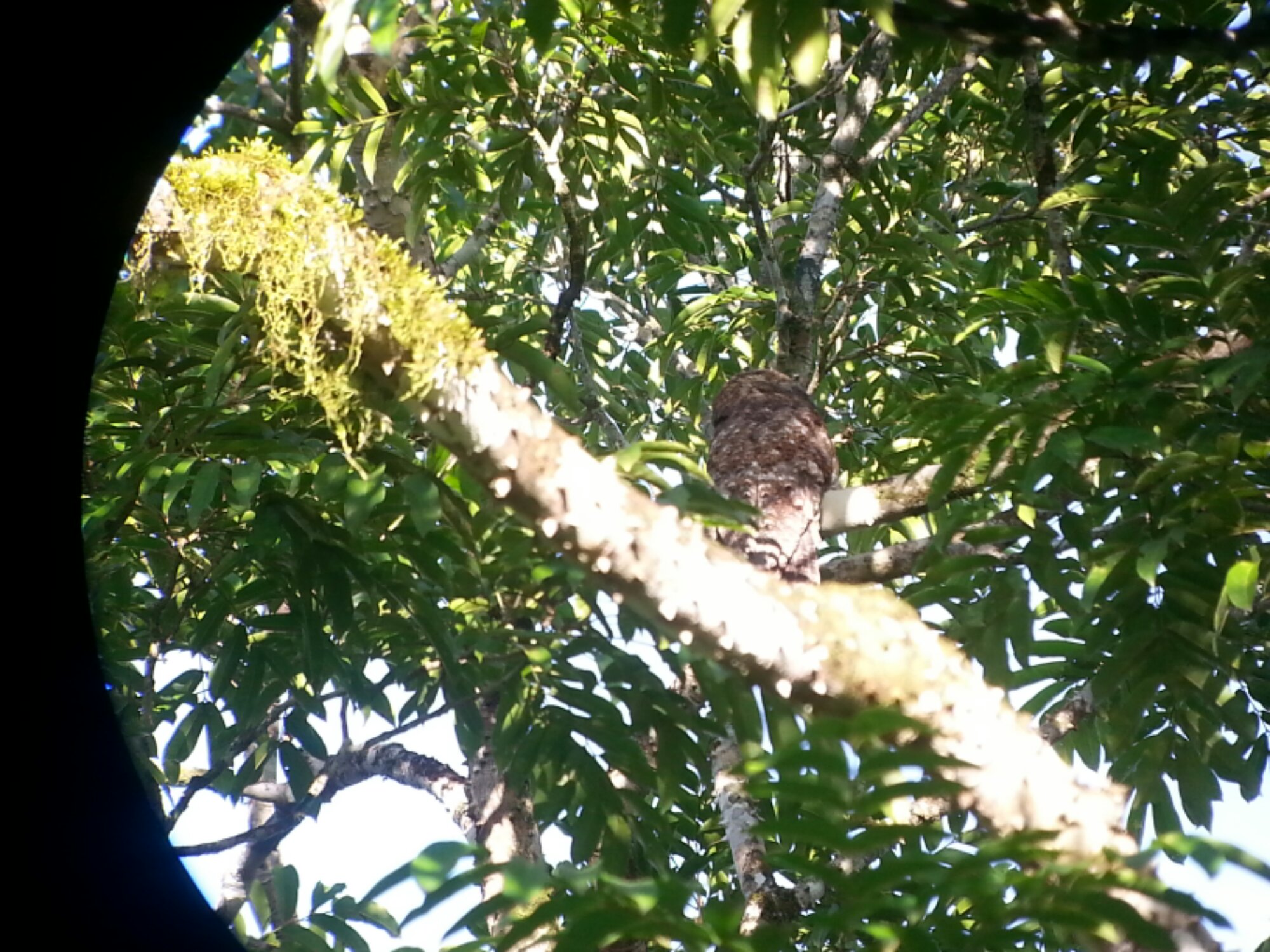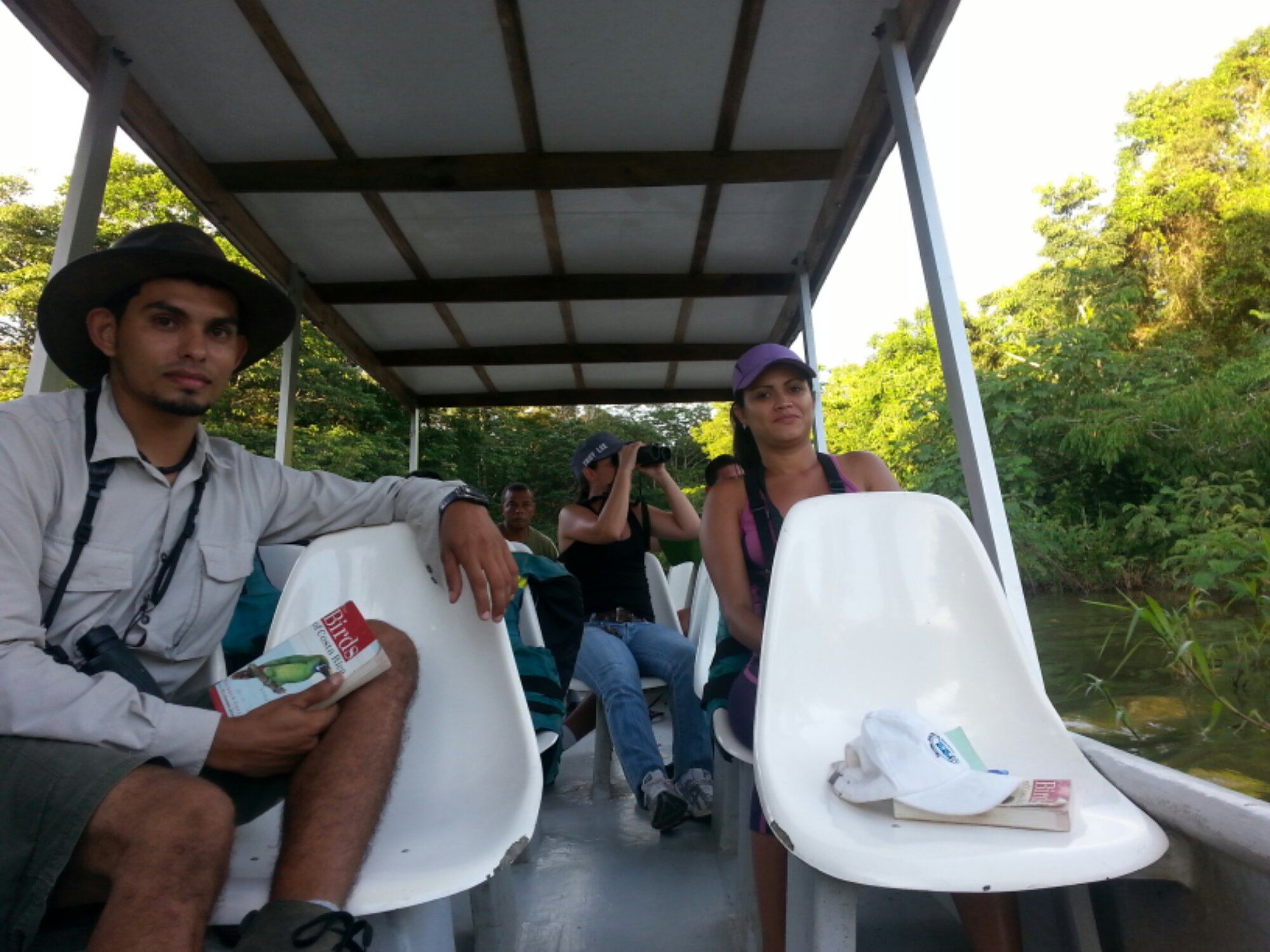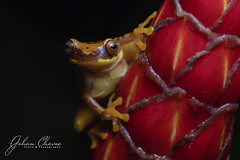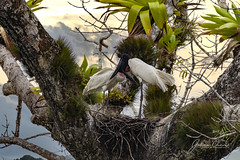Blog Archives
Birding in Costa Rica 2022 – January — The “Kempf clan”. Part 2 or 2.
After a long drive we manage to get to our accommodation, a beautiful villa on the southern flank of the Arenal Volcano in the town of El Castillo. Upon our arrival we did a short birding session where we got some common, but still nice to see birds such as Barred Antshrike, Least Grebe, Keel-billed Toucan, and Hepatic Tanager.
Next morning we left at 4:00am to Caño Negro (this group is a trooper!!). After a 2hr40 min drive we made it to Caño Negro where we met our local guide, the famous Chambita (Barnaby), this boat ride is excellent and always gets us great birds, thanks to Chambita’s deep knowledge of the area and its birds.

His little more than 3hrs boat ride got us excellent birds, naturally many of the common/classic species to be expected on this type of habitat where Sungrebe, Jabiru, American Pygmy-Kingfisher, Black-collared Hawk were big highlights to us all. Unfortunately, despite how hard Chambita looked we missed on the Agami Heron.


Top right: Mr Jorge at Restaurant Luna Magica, my favorite place in Caño Negro.
Our next outing took us to the hanging bridges at Sky Walk in Fortuna, the trail system here is excellent and although it can get a bit busy at times, birding here still very productive and it is completely worth the visit. The views off the hanging bridges offer great chances to spot raptors such as Ornate Hawk-Eagle. After getting several mixed flock species led by White-shoulder Shrike-Tanager we came across an army Ant swarm, this was a great way to end our birding time here! Bicolored Antbirds, Spotted Antbirds, Zeledon’s Antbird, Ocellated Antbirds everywhere!
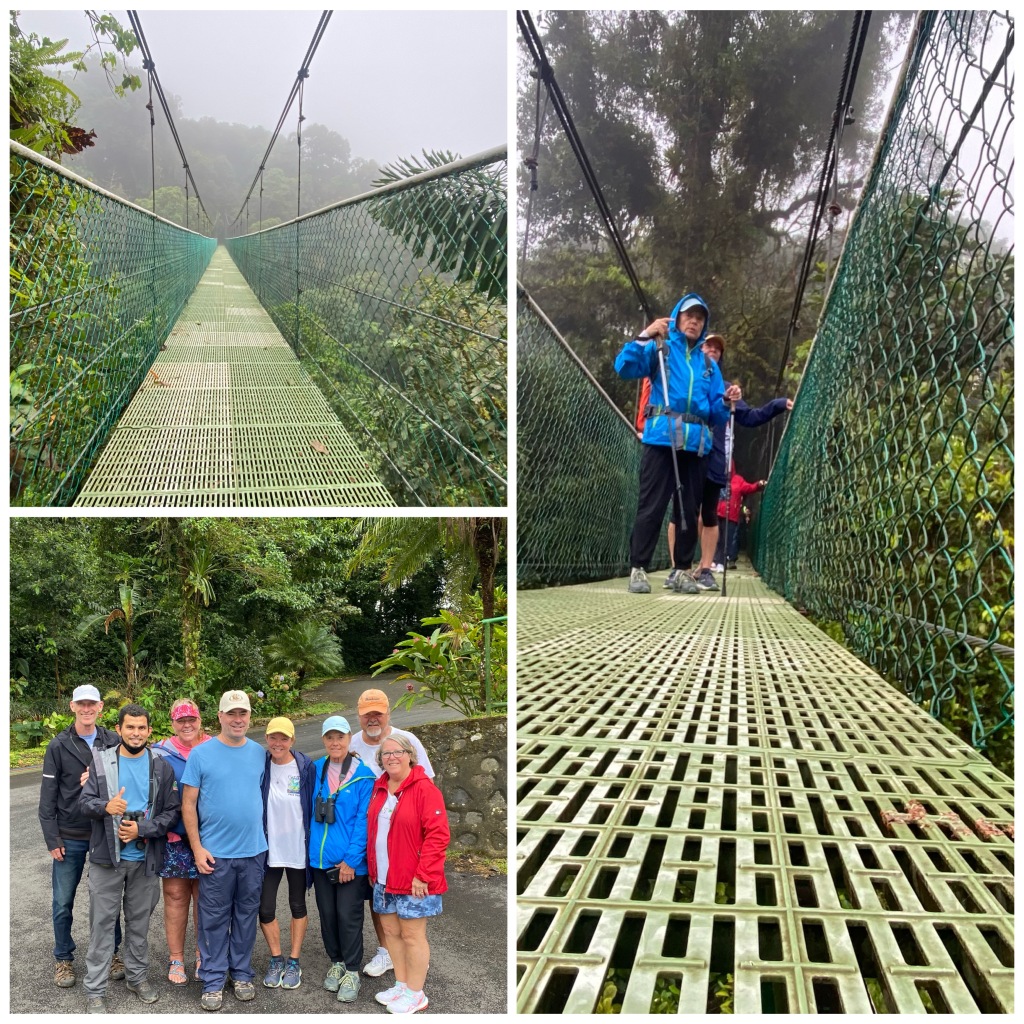
This is a fabulous group! I look forward to our next outing and lots of fun!
Birding in Costa Rica 2022 — January 2022 Collins. Part 2.
Arenal volcano is one of the most touristy regions of Costa Rica, and often not thought as a destination to visit for birders, but, interestingly Birding in La Fortuna is superb, and due to the amount of trails, hotels and reserves La Fortuna and Arenal volcano area offers many great birding possibilities.
Our hotel (Arenal observatory lodge) is amazing, the scenic beauty is just amazing, but, most importantly is the birding here, during our stay here we got several good birds both at the feeders/gardens as well as the trails here.

Every morning and afternoon we spent time checking the feeders and gardens where we got Emerald Tanager, Dull-mantled Antbird, Tawny-faced Gnatwren, Kentucky Warbler, Semi-plumbeous Hawk and Band-backed wrens as our highlights.
We took a 1-day visit to Medio Queso Wetlands and Caño Negro with the famous “Chambita” (Barnaby Romero), our early depart was paid with a sighting of an ocelot, a mid to small sized wild cat! after 2hr15min drive our adventure began, our first boat ride with Chambita was at Medio Queso, a large weltand just east of the town of Los Chiles, here we got many of the typical aquatic species you would expect, but our highlights included Yellow-breasted Crake, Pinnated Bittern, American pygmy-kingfisher, Nicaraguan Grackle and ending with a Great Potoo in the town of Los Chiles and a Jabiru nest! This boat ride is perfect not only for birders, but should be a must do to any bird-photographer visiting Costa Rica!


After a series of stops along the way, and lunch we took our second boat ride in Caño Negro with Chambita, this was just as amazing as the morning ride, but in addition to all the great new birds for our trip (inlcuding Sungreebe), our best moment was when Chambita got us close to what many would consider the most beautiful heron in the Americas! The Agami Heron!
What a way to end this amazing day! Well worth the driven time!


In La fortuna, one of my favorite birding spots in the trails at Sky Adventures, their hanging bridges allow for great views of the forest Canopy and awesome chances for raptors, and mixed flocks, favorite birds here seen include Ocellated Antbird, Song Wren and Barred Hawk.
We could not leave La Fortuna without visiting the popular Boagarin trail, small patch overrun with tourist, but still is the best place in CR for crakes, where we got both Uniform and White-thorated Crakes.
It was time to move to our next spot, Monteverde Cloudforest.
Birding in Costa Rica 2022 — Introduction
Birding in Costa Rica 2022 — January 2022 Collins. Part 1.
Birding Medio Queso and Caño Negro.
Caño Negro and Medio Queso, located Near Los Chiles in the northern zone of CR near the Nicaraguan border are (along with Palo Verde) known as one of the best marshlands in the entire country.
On April 9th I was able to join a group of birders, all friends and guides from the Manuel Antonio area, we left home at 1:00am and drove straight to Medio Queso, were Rafa was waiting for us. Map: https://goo.gl/maps/f46mASz23qS2
The canal at Medio Queso
We began our trip at 6:45am, inmediatly we got one of the highlights of the ride; Least bittern, perched on a reed at the edge of the canal, thus allowing us great looks, and why not? pictures! Naturally you can expect the typical herons such as boat-billed, yellow-crowned and Black crowned Night herons, etc.
The boat ride took about 2hrs30min and we got most of the target species the group was looking for, including yellow-breasted crake, lesser yellow headed vulture, pinnated bittern, snail kite, ruddy breasted seedeater and other highlights such as canebrake, black-throated wrens, and bare-crowned antbird.
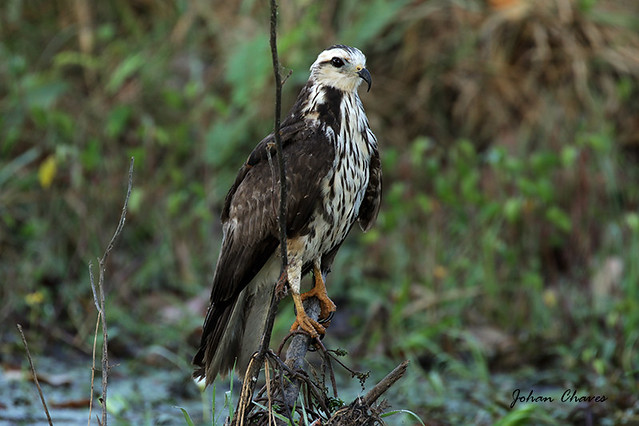
Snail kite
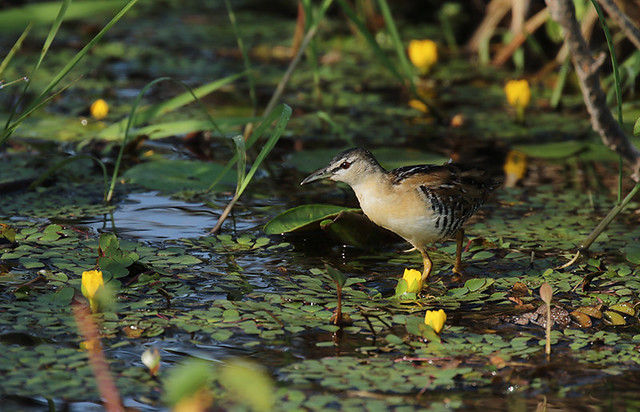
Yellow breasted cuckoo, this is a life bird for me! very exciting!
The boat used by Rafa is small, although enough room for us 9, although no roof so be ready for PLENTY of sun, or rain in the event of! Rafa has been a little irregular with his service lately, he sends a young man to ride the boat instead, this young man speaks no english just to keep in consideration, still this is the ONLY option for Medio Queso. Contact: Rafa Palacios +506-6385-3315
We then drove to Caño Negro which is Sout east of Los Chiles, about 21 KM but expect bad road conditions and it might take an hour to get there. Once we got there our lcoal guide and boatman Jimmy Guitierrez https://www.facebook.com/jimmito.gutierrez was waiting for us.
The boat here is different, spaceful and comfortable with a nice roof and 4 stroke engine. The habitat here at Caño negro is different, although there are some species in Medio Queso you wont otherwise get here, therefore doing both trips is an excellent way to get the most variety.
The view from the Tower at Caño Negro
With Karen at the Caño Negro tower
This trip was very productive and not only did get more variety but also got most quality, the best birds to me were American white Pelican, which had been showing to Caño Negro the last 3 years, Black-collared hawk, nonetheless other good birds include Jabiru, Costa Rica’s largest bird, green and glossy ibises, and sungrebe.
Both locations are a recommended, and it can be fitted in an itinerary if birding lactions such as La Fortuna and Sarapiqui areas.
At the end of the trip, I ended with 4 new species for CR list, 3 life birds and several for the year list, what a fantastic trip indeed!
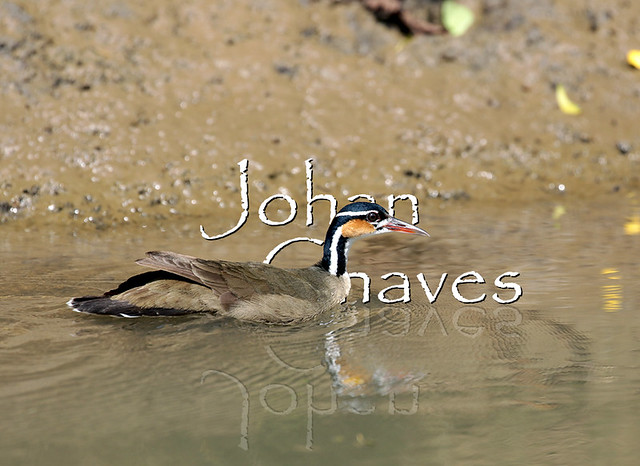
Sungrebe

Black collared hawk

Spectacled caiman, common at Caño Negro
Looking for white pelicans
Our team! From L to R Edwin Castillo, Elias Mora, Oscar Herrera, Dixon, Eidel Chaves, Andres Chaves, Dennis Reyes, Karen Castillo, Johan Chaves
Birding with Miriam and Shlomo Saish, Jan 29th-Feb8th Part 1.
During Jan 29th to Feb 8th I had the opportunity to lead an 11-day birding trip that included some of the common birding sites such as La Selva, La Fortuna and Carara area, but also other less visited such as Talamanca Reserve and Macaw lodge, our route covered Caribbean Middle elevation, Caribbean foothills, lowlands, then moving to the highlands of CR and Pacific middle elevation, then descending to Pacific foothills and finally Pacific lowland. Thus allowing a good mixture of habitats and species.
On day 1, – Jan 29th- we meet bright and early at the hotel near the airport, after a good breakfast and a quick chat about how our trip would be like we started our adventure!
Our first stop at Fredo Fresas in route to Poas Volcano area produced little due to the windy conditions, however, here we got Magenta-throated Woodstar which we did not see again during the trip. We then moved to our next destination, the small-yet famous Cinchona restaurant which has very productive fruit and hummingbird feeders, here we got one of the best birds of the trip; Buff fronted Quail-dove. Also, other highlights include Red headed barbet, Coppery-headed Emerald, Northern Emerald Toucanet and more.
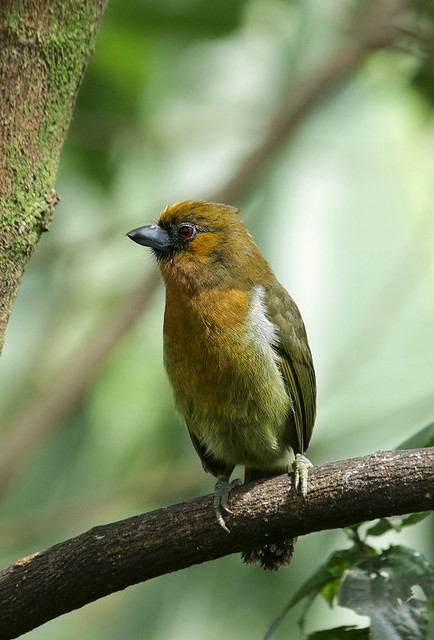
Prong-billed Barbet
After 40 minutes or so we continued to the road that leads down to La Virgen, here we got a good mixed flock and although we tried for American dipper we did get Black Phoebe which we only saw here on the trip. After that we drove to La Fortuna with a stop at Aguas Zarcas to look for sloths which we got.
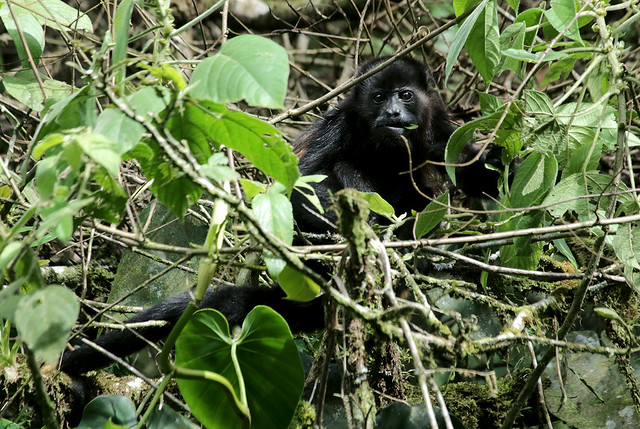
Other non-avian creatures include Mantled Howler-monkey
On day 2, we saw the birds at the hotel feeders and garden during breakfast time, golden-olive Woodpecker was seen here and the only time we saw it during the trip, then we move to Sky Adventure park where we had some bad rainy weather, although we got our first looks of Rufous motmot and broad billed motmots, highlights were a distant nest of Ornate hawk-eagle, orange-bellied trogon, spotted antbird, and White-throated shrike tanager.
the amazing canopy
Day 3: We visited the Bogarín trail, a well known short trail just outside La Fortuna, activity was slow due to the rainy weather, however we got our first looks of collared aracary, excellent views of Crimson-collared tanager and of course white-throated Crake, our main target here. No uniform crake. NOTE: Bogarin has changed some things here lately, before he asked for a donation that would help maintain the short trail and the feeders, naturally as he gets more visitors we now he decided to charge an official fee of us$10 per person, I just felt that for $10 then he should improve the perches at least.
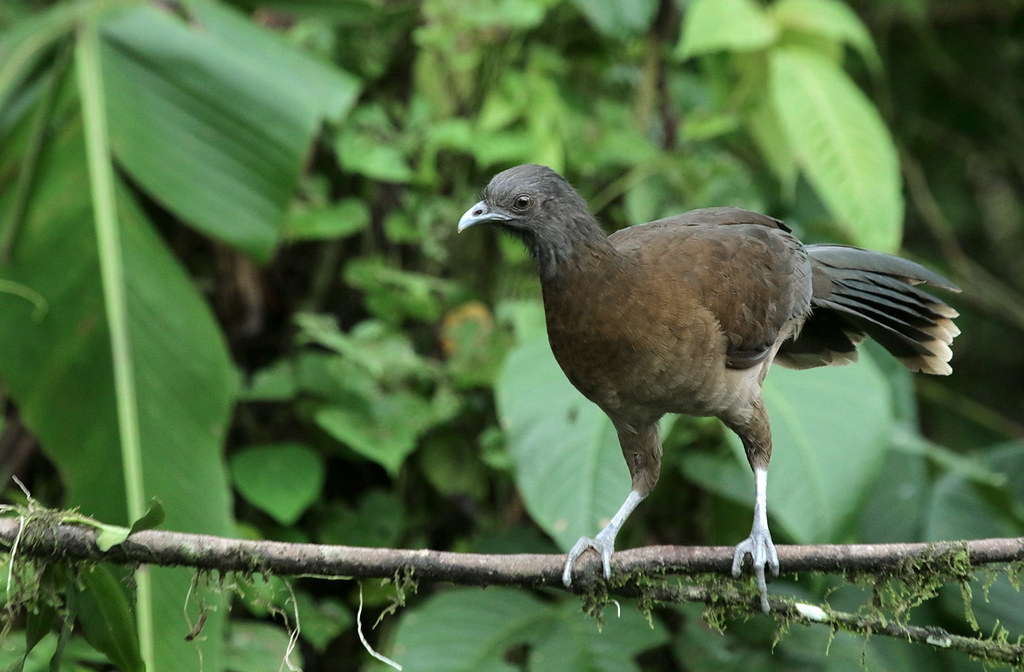
the very common Gray-headed Chachalaca
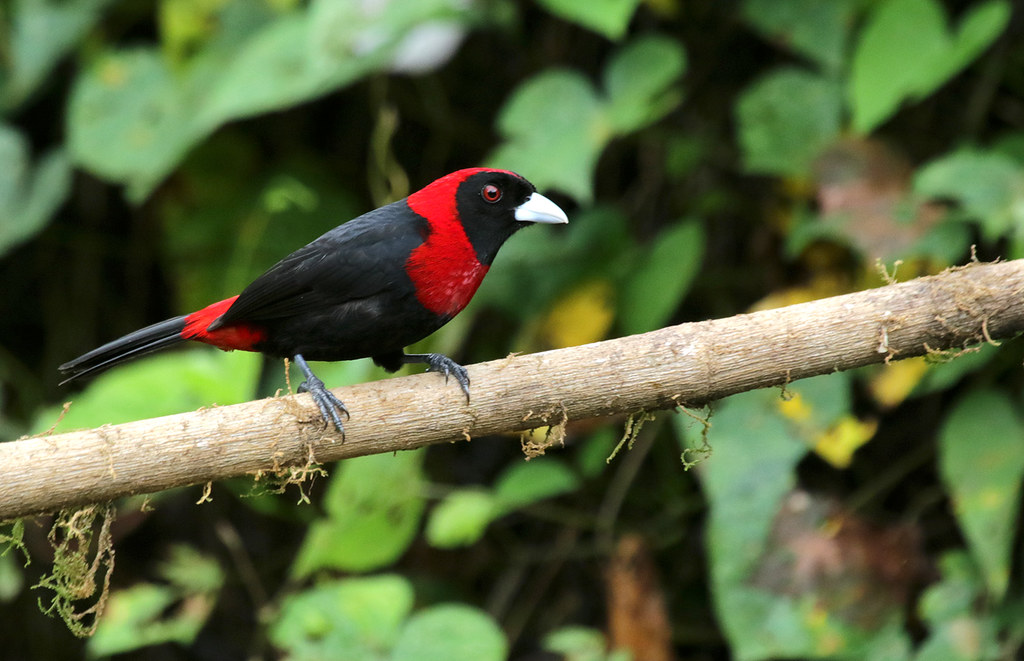
Crimson-collared tanager
After that we drove to Caño Negro, as usual, the road that turns to Caño Negro leaving route 35 is in awful conditions! On the drive we got Nicaraguan Seed-finch, rose-breasted Grosbeak, once in Caño Negro we got most of the typical waterfowl, along with Common potoo and Nicaraguan grackle.
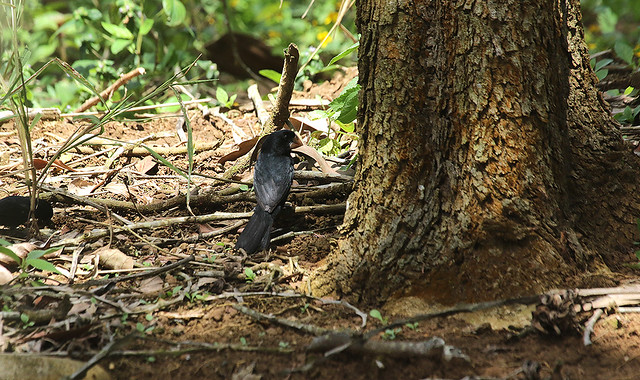
Nicaraguan Seed-Finch

Spectacled caiman
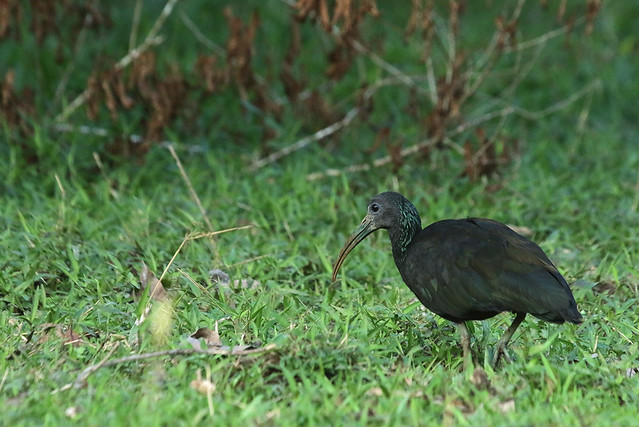
Green ibis
Barnaby Romero, our boat/man and local expert guide has a very comfortable boat, you can contact him via barnabycr7@gmail.com
Day 4: After breakfast we visited the Dam road best known as the Peninsula road, most birding was done by car given the bad weather, we were treated with good views of white-fronted nunbirds, keel-billed Motmot, laughing falcon, and more. Time to drive to our next Destination; La Selva Biological station. Here we did very little birding, although we got (aside from the common garden birds) Great Curassow and Semi-plumbeous hawk.
Laughing falcon
enjoying some coffee at La Selva while waiting for short-tailed Nighthawks
To be continued.
Birding trip to northern Costa Rica: Medio Queso wetlands, Caño negro and San Carlos area. Part 3
PART 3: CAÑO NEGRO.
After almost 20 endless kilometers (particularly if you drive your own sedan-type car) of bumpy road we reached Caño negro, finding a boat tour here is very easy but the fee is much more expensive than what we payed in Medio Queso.
We got on the boat at 15h20min, but previously spoke to the guide about possibilities of seeing a great potoo, a lifer for me, my wife, Magaly and Elias. He said yes, and that he saw it that day in the am tour he did, so I did not hesitate on joining!! Caño negro appears to be very reliable for the great potoo based on ebird postings, and other birders I have asked.
Here my good friend Roy and me posing by the sign.

We saw pretty much the common herons and egrets, cormorants and kingfishers, the main goal was great potoo, nicaraguan grackle, black collared hawk, fulvous whistling-duck and green-and-rufous kingfisher. Unfortunately we only saw the potoo, but Roy and I got another lifer: olive crowned yellowthroat.
I am afraid Caño negro was too flooded (what could we expect, its rainy season here!) So not that much abundance of species as we hoped.
This is the ebird posting of what I saw.
Despite the bad luck I was not disappointed, it yielded me 2 lifers, 1 for Roy and several for my wife. The beautiful weather and scenery added to the trip, so nice to share with my friends. I really hope to return to caño negro in the summer which is the best time to visit.
Big year!! or should I say Big 2 months.
In October 1st my friend Roy Orozco and I have taken a challenge which consist of seen a certain amount of lifers before this year ends. I proposed my self a total of 60 lifers and Roy 38. So far I have 3 for my list and still need more urgently!!
So our plan is to go to Medio Queso and hopefully boost our list a little, so far my wanted list which includes some species I have seen and some I would love to see is about 50 species, from which I really hope to see Pinnated bittern, green and rufous kingfisher, and lesser yellow headed vulture and nicaraguan grackle. We hope to leave on Monday at 12:00am, drive all the way there and bird as much as possible.
Stay tunned, this is got to be good!



